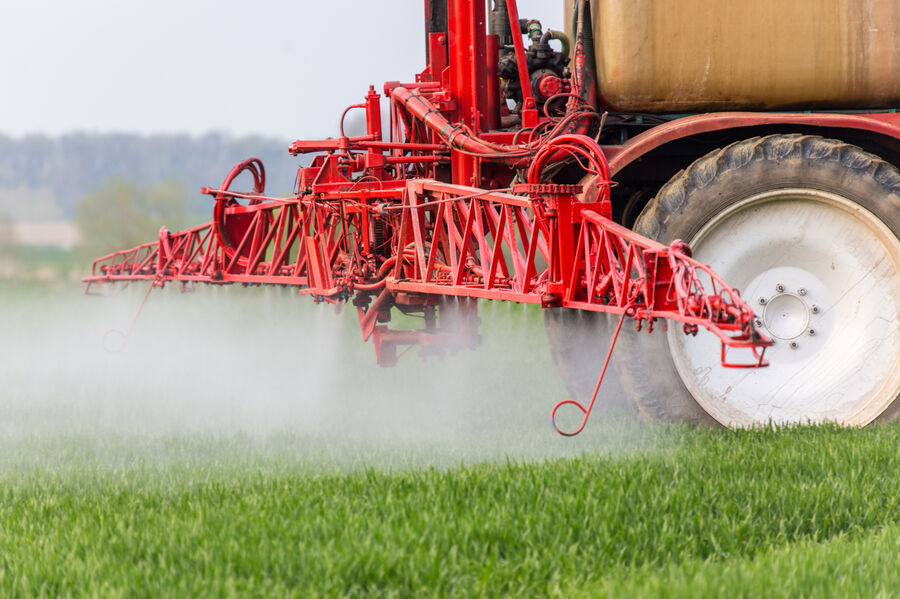
Don’t spray blind
October is spray-out season. Pastures are being taken out for cropping, and drills are lining up. But before you pull the trigger, take a walk. Those damp hollows, gullies, and wet corners in your paddock aren’t just awkward to work around - they’re critical source areas (CSAs). Ignore them now, and you’ll pay for it in runoff, nutrient loss, and compliance headaches.
What exactly are CSAs?
CSAs are the low-lying or sloped areas in paddocks where water naturally concentrates. They make up a tiny proportion of a farm but they’re responsible for the lion’s share of nutrient and sediment losses. Think about the hollow that stays boggy in winter, or the gully that runs brown in a storm. That’s a CSA at work.
Why October is the danger month
Spray-out exposes bare soil. With no plant cover, the next decent rainfall can wash sediment, nitrogen, and phosphorus straight into waterways. Once it’s gone, that fertility isn’t feeding your crop - it’s polluting the catchment. Allocating buffer zones now keeps your nutrients where they belong.
Practical steps for CSA management
- Map it first: Walk paddocks, use a drone, or pull up your farm map. Know where those runoff zones are.
- Mark your buffers: Physically flag or GPS mark them so spray rigs and drills steer clear.
- Size it right: The steeper the slope or wetter the soil, the wider your buffer needs to be.
- Record it: Auditors want evidence. A photo or map showing your buffers can save hours of paperwork later.
The benefits stack up
- Protects compliance - ticking the freshwater box without drama.
- Retains nutrients in your paddock where they’ll actually grow feed.
- Provides future value - buffers can act as shelter, biodiversity strips, or light grazing areas.
The Bottom Line
This is efficient land use. Crop the paddock where it pays, and protect the parts that cost you yield and compliance risk. It’s also real-time guidance - the small step of mapping CSAs now prevents costly rework later.
What To Do Next
Before you spray out, buffer your CSAs. It’s not wasted land - it’s smart management that protects your soil, your crop, and your reputation. Talk to your agronomist if you want a hand mapping paddocks before the sprayer heads out.